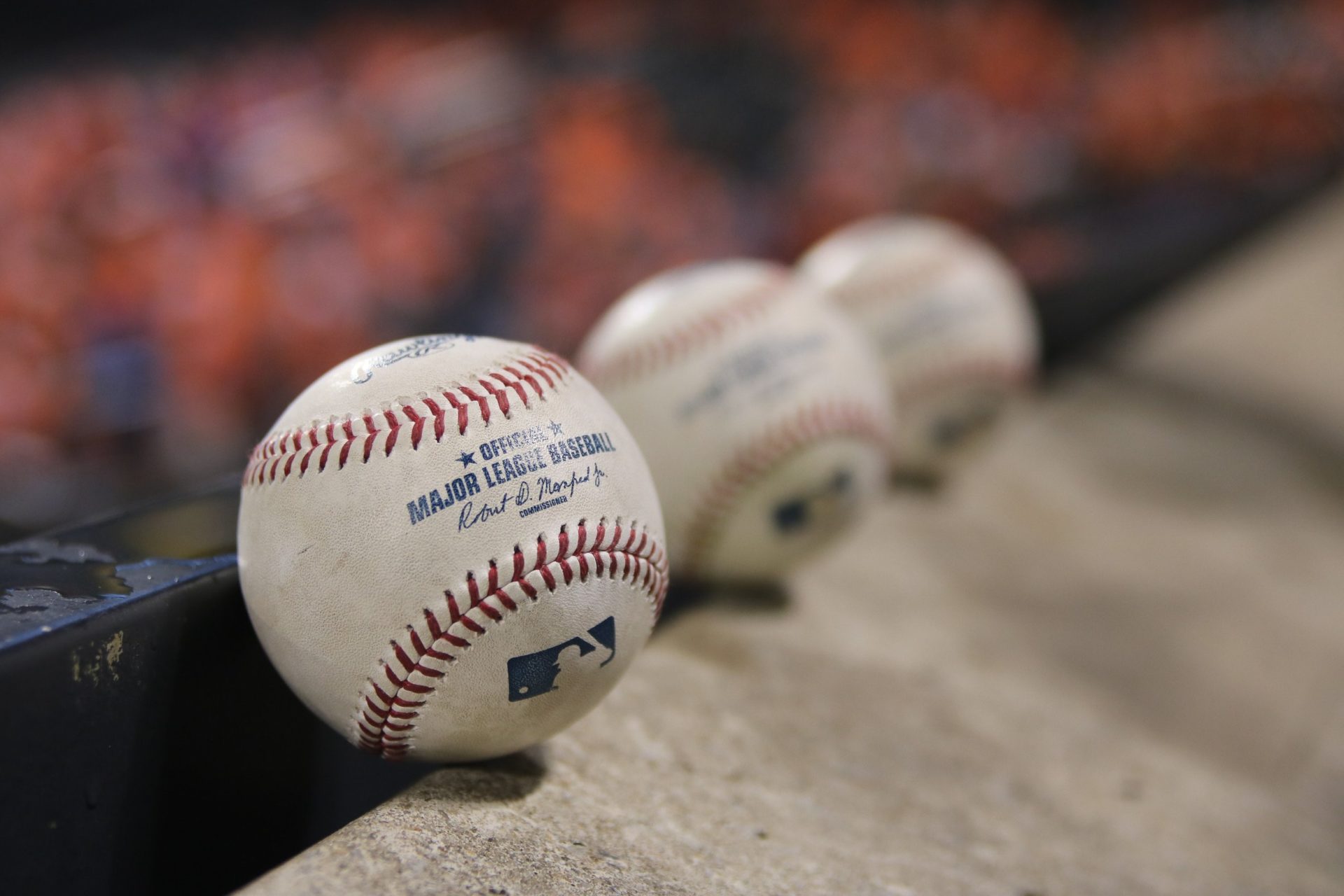
We are in the month of March. This should be a time when we see our favorite teams and players in Spring Training, playing games in the run-up to the start of the baseball season are the top prospects are being showcased. Last week, after 99 days of lockout, Major League Baseball and the player’s union struck a deal, and games will soon be played.
Still, despite the agreement, there is a ton of repair work to be done with communities and fans throughout the country. Not only in the cities that are home to MLB teams, but also in the towns that host spring training and the minor league teams around the nation.
During my time working in baseball for the Oakland A’s during the lauded Moneyball Era, I saw a lockout in 1994 and its damage to the brand and the game of baseball. As someone who worked to market a franchise out of this abyss, my advice to both sides is stated succinctly above the National Archives – “What is Past is Prologue.”
There are massive differences between that owner’s lockout and this one. Many events saved the MLB in the 90s, including Cal Ripken’s consecutive games streak, the 50th anniversary of Jackie Robinson’s debut, and the subsequent – although tainted – chase to break Roger Maris’ record of 60 home runs in a season. Today, such phenomena are not on the horizon. Yes, it is the 75th anniversary of Robinson’s debut, but the shenanigans around the negotiations put that celebration at risk.
Another massive difference is the media landscape. Where MLB and teams were having trouble attracting media partners back in my day, now baseball is a hot asset for any major network. In 1993, no network put forward a decent media rights offer, so the MLB decided to put together The Baseball Network. They had to sell the ads and aired games on ABC and NBC in a complex barter arrangement. Local teams, outside of major markets, had a difficult time getting a decent revenue stream from their radio and television contracts.
With the rise of interactive media, MLB developed ‘MLB Advanced Media’ and harnessed the potential of online viewership and listenership. One of the side effects of the best-seller Moneyball was that the cumulative audience became an important data point and local media rights for all teams became more valuable. Witness the Apple+ Friday night baseball deal – $115 million a season to stream two games a week.
Baseball will have to use this new media leverage to find unique ways to reach new audiences.
Something else that got MLB out of the ’94 hole was very creative marketing by the franchises. This went way farther than cute ads to marketing that had legs. It drove promotions and created value and opportunity for sponsorship. It led the Chicago White Sox to do Dog Day, which is now done by most franchises. Other franchises did things like a Father’s Day sleepover at the stadium or even a Root Beer Float Day that included local sports and media celebrities and drew tons of attention.
Seems like nothing close to these promotions has been developed in the last decade and a half. As for really creative compelling ads, the Seattle Mariners are the only team doing something that can go viral. Why? Such things are dismissed as mere tactics by those leading the marketing charge at the local level.
In Oakland, in the wake of 1994, we had a double whammy. Coming out of the lockout, we decided to completely change the way we drafted and developed players. We traded popular players that had won the 1989 World Series and went about a process that was exalted by Michael Lewis in Moneyball. When we were going through this rebuilding, we were scorched by local sports media by local fan groups. Today, this is the model for building contending teams.
What Oakland did in the late 1990s, scuttle and rebuild a franchise has been given the tag “tanking” by both the sports media and the MLB Player’s Association. This is one of the biggest issues in the current negotiations. In the rubble of the 1994 debacle, MLB and the MLBPA agreed to a “luxury tax” for teams that acted as a preventative measure to keep teams from trying to “buy” a title.
For those that don’t remember how the lockout of 1994 ended, a federal judge named Sonia Sotomayor ordered the owners to reopen their camps to MLBPA players and stopped the owner’s efforts to field teams with replacement players. In a mad rush, several free-agent players signed contracts, and baseball was played again. We are about to see that mad rush take place over the next week.
In the wake of a shortened season due to the pandemic and a lack of fan access to games much of last season, the MLB and the MLBPA couldn’t afford for this to escalate. Instead of being worried about who is going to win in the battle over threshold, service time, free-agent status, and bonus pools, it was time for both sides to put their vanity, pride, and egotism aside and they split the differences. Frankly speaking, the amounts being talked about were in the millions of dollars, but in the grand scheme of things are pennies compared to the gross revenues brought in by the game today.
It looked like this was close to settlement a couple of weeks ago. Progress seemed to be made quickly at a self-imposed deadline. But there were details revealed at the “last, best offer” by the owners that were not in previous term sheets. Players felt like they were not being dealt with in good faith. We’re being disrespected as “dumb jocks,” they said. Then, MLB presented a new development at the final hour of this most recent negotiations – an international draft. Obviously, the “last, best offer” wasn’t that and the immediate need for an international draft was not such an emergency.
We are in a whole different landscape today with several sports, esports, and entertainment options available to the public. Neither side had the luxury of a pyrrhic victory because they were worried about saving face. Players are the creative content that brings the eyeballs and attention to MLB. Owners have invested their dollars to make sure their venture has grown and adapted. To save their investment, owners had to settle. To continue to support their families and build their wealth, players needed to play the games. And for the sake of all those who work games as parking attendants, ushers, concession workers, security, or are employed by the thousands of bars and restaurants and souvenir shops around MLB ballparks, this had to be settled.
It is time to show some respect to the people who give their time and money so that there can be this $11 billion industry. Both the MLB owners and the MLBPA leadership must now get busy with an act that is not common today – contrition.

Jim Bloom
Jim Bloom is a marketing executive currently located in Dallas, TX. He has been involved with several digital, mobile, and social startups. Bloom also directed the marketing of the Moneyball era Oakland A’s and Toronto Blue Jays.






